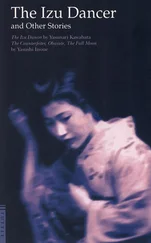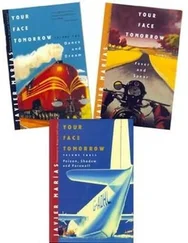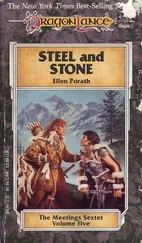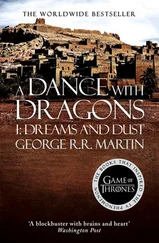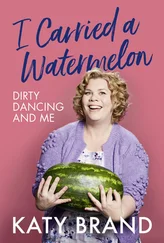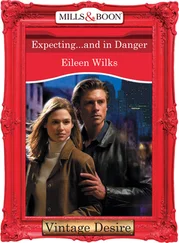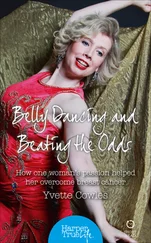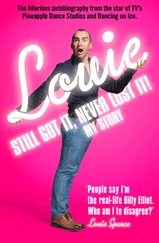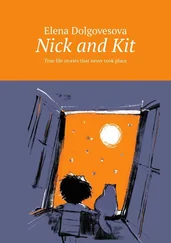ELNA MATAMOROS
DANCE
&
COSTUMES
A HISTORY OF
DRESSING MOVEMENT

To the female dressmakers in my family.
They taught me how to choose clothes by the seams,
and people by their behaviour.
Published as volume 24 of the series subTexte , edited by Anton Rey, Institute for the Performing Arts and Film, Zurich University of the Arts www.zhdk.ch/forschung/ipf
Designed by Alberto Corazón
Typesetting and layout by Zita Moreno
Cover: Vaslav Nijinksy dancing Fokine’s Le Spectre de la rose . Photo: Auguste Bert, 1911.
Copy of a collotype from the collections of the Museum of Theatrical and Musical Art in St. Petersburg. Private collection.
© 2021 by Alexander Verlag Berlin
Alexander Wewerka, Fredericiastr. 8, D-14050 Berlin
info@alexander-verlag.com, www.alexander-verlag.com
All rights reserved.
The moral right of the author has been asserted.
All parts of this publication are protected by copyright.
None of the images included may be further reproduced without written permission from the original owners of their reproduction rights.
Every effort has been made to seek permission to reproduce and credit properly all the images in this book. Any omissions or errors are entirely unintentional, and reports for correction will be appreciated.
ISBN 978-3-89581-547-8
eISBN 978-3-89581-557-7
Introduction INTRODUCTION The key to this volume is that it is ‘A History of Dressing Movement’, for what Elna Matamoros is doing in this volume is not simply looking at costumes worn by dancers but thinking about the effect they have on the moving body. Her own experience is as a dancer and teacher and this comes across as she looks at the costumes. They are not garments in isolation. They have a purpose to reveal, conceal, extend or alter the dancer’s movement not simply decorate the body. At times the body disappears, and we are left with simply traces of light. The costumes are considered here with a real appreciation of their purpose in conjunction with choreography. To read Dance & Costumes is to time travel, back and forth between the court of Louis XIV and the Twenty First Century and to become aware of the milieu for which different styles of costumes were created. As a dancer with both a European and American background Elna has chosen to look at a wide range of productions of theatre dance; ballet, Spanish and modern dance. Toe shoes and tutus are discussed but so are shifts, tunics, body-tights and lengths of fabric. Does the costume liberate the dancer to move freely, or does its structure hamper movement? What happens between the external costume admired by the audience and the dancer’s body? Is the dancer corseted? Does the dancer hide behind a costume that is really a prop? In this well-illustrated volume, Elna faces the challenge of interpreting iconography whether she is looking at designs, illustrations or photographs. Was the designer’s drawing modified by the maker of the costume to enable the dancer to feel more comfortable, or to make it acceptable to the audience? How and why did the costume change from one period to another? Did the illustrator draw what was presented or the illusion the producers were putting across? When in relation to the performance or creation of a production was the photograph taken? In looking at the costumes themselves questions are asked. What is the effect of the weight, colour, transparency of the fabric and what challenges presented its nap, elasticity or effect under lights? Elna has consulted with wardrobe staff to appreciate their challenges as well as understood from her own experience the difference a costume makes to a dancer. This is then related to a historical perspective. There is a great deal more in designing for dance than an art-work on paper being translated into a decorative garment worn by a dancer. It becomes part of the dance and, as this volume reveals, the most interesting costumes are those created in collaboration with the movement the choreographers and dancers devise. Jane Pritchard Curator of Dance, Victoria and Albert Museum, London
1. Dancing on stage: an introduction
2. The emancipation of dance: costumes, choreography and attitudes
3. Unveiling the body
4. The ballerina, muse and star. The early tutus
5. Technique and romantic aesthetics
6. The Spanish Bolero School: characters and costumes
7. The pointe shoe: evolution and use
8. Marius Petipa’s virtuosistic ballets
9. Isadora Duncan’s explosion of freedom
10. Dissolved in the air or materialized into a robot
11. Body, science and geometry
12. The contributions of Les Ballets Russes
13. New insights, ways and media
Bibliography
Cited documents and other sources
Audiovisual resources
Graphic Documentation
List, location and credits
Acknowledgements
The key to this volume is that it is ‘A History of Dressing Movement’, for what Elna Matamoros is doing in this volume is not simply looking at costumes worn by dancers but thinking about the effect they have on the moving body. Her own experience is as a dancer and teacher and this comes across as she looks at the costumes. They are not garments in isolation. They have a purpose to reveal, conceal, extend or alter the dancer’s movement not simply decorate the body. At times the body disappears, and we are left with simply traces of light. The costumes are considered here with a real appreciation of their purpose in conjunction with choreography.
To read Dance & Costumes is to time travel, back and forth between the court of Louis XIV and the Twenty First Century and to become aware of the milieu for which different styles of costumes were created. As a dancer with both a European and American background Elna has chosen to look at a wide range of productions of theatre dance; ballet, Spanish and modern dance. Toe shoes and tutus are discussed but so are shifts, tunics, body-tights and lengths of fabric. Does the costume liberate the dancer to move freely, or does its structure hamper movement? What happens between the external costume admired by the audience and the dancer’s body? Is the dancer corseted? Does the dancer hide behind a costume that is really a prop?
In this well-illustrated volume, Elna faces the challenge of interpreting iconography whether she is looking at designs, illustrations or photographs. Was the designer’s drawing modified by the maker of the costume to enable the dancer to feel more comfortable, or to make it acceptable to the audience? How and why did the costume change from one period to another? Did the illustrator draw what was presented or the illusion the producers were putting across? When in relation to the performance or creation of a production was the photograph taken?
In looking at the costumes themselves questions are asked. What is the effect of the weight, colour, transparency of the fabric and what challenges presented its nap, elasticity or effect under lights? Elna has consulted with wardrobe staff to appreciate their challenges as well as understood from her own experience the difference a costume makes to a dancer. This is then related to a historical perspective. There is a great deal more in designing for dance than an art-work on paper being translated into a decorative garment worn by a dancer. It becomes part of the dance and, as this volume reveals, the most interesting costumes are those created in collaboration with the movement the choreographers and dancers devise.
Читать дальше



